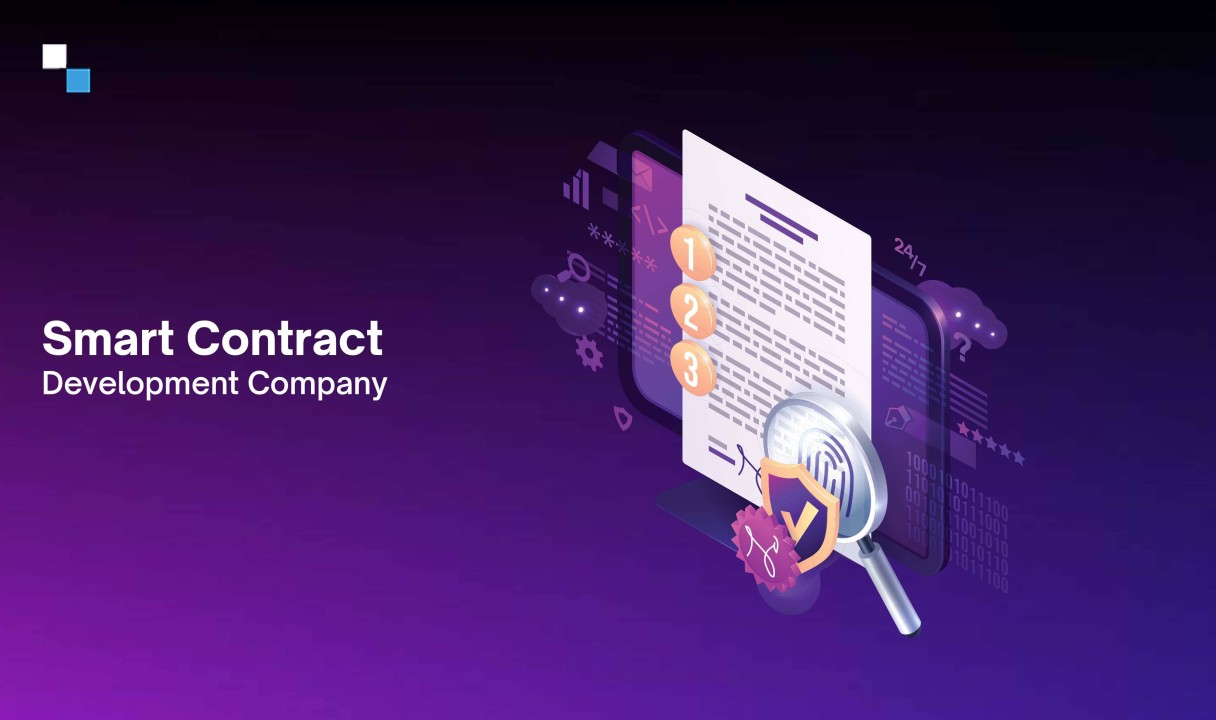As the world transitions into a new era of wireless communication, 5G NR (New Radio) stands at the forefront of this technological revolution. Designed to enhance connectivity and support a wide array of applications, 5G NR represents a significant leap from its predecessor, 4G LTE, paving the way for innovations in various sectors. This article explores the key aspects of 5G NR, including its architecture, capabilities, and impact on future technologies.
Understanding 5G NR
5G NR is the global standard for the fifth-generation wireless network, defined by the 3rd Generation Partnership Project (3GPP). It introduces a new radio access technology that improves upon previous generations by providing higher data rates, lower latency, and greater network efficiency. Unlike 4G, which primarily focused on enhanced mobile broadband, 5G NR is designed to support a wide range of use cases, including massive machine-type communications and ultra-reliable low-latency communications.
Architectural Innovations
One of the defining features of 5G NR is its flexible and modular architecture. The technology incorporates advanced features such as scalable numerology and support for multiple frequency bands. Scalable numerology allows 5G NR to operate across a wide range of frequencies, from sub-1 GHz bands to millimeter-wave frequencies above 24 GHz. This versatility ensures that the network can be optimized for various applications, from high-speed internet access to low-power, long-range communications.
The network architecture also includes enhancements to the core network, which is now more adaptable to different types of traffic and services. The introduction of network slicing enables operators to create multiple virtual networks within a single physical network infrastructure. Each network slice can be customized to meet the specific needs of different applications, such as high-speed mobile broadband or mission-critical communications.
Enhanced Performance and Capabilities
5G NR is designed to deliver significantly improved performance compared to previous generations. One of the most notable advancements is the increase in data rates. 5G NR can support download speeds of up to 10 Gbps, which is approximately 100 times faster than 4G LTE. This dramatic improvement in speed enhances user experiences for activities such as streaming high-definition video and engaging in augmented reality (AR) and virtual reality (VR) applications.
Latency is another critical area where 5G NR excels. The technology reduces latency to as low as 1 millisecond, compared to 30-50 milliseconds for 4G LTE. This ultra-low latency is crucial for applications requiring real-time interactions, such as remote surgery, autonomous driving, and industrial automation.
Moreover, 5G NR supports a higher density of devices per square kilometer. The network can accommodate up to 1 million devices per square kilometer, making it ideal for the Internet of Things (IoT) and smart city applications. This capacity is essential for supporting the growing number of connected devices and enabling seamless communication between them.
Impact on Emerging Technologies
The introduction of 5G NR has profound implications for emerging technologies and industries. In the realm of autonomous vehicles, the low latency and high reliability of 5G NR enable real-time communication between vehicles and infrastructure, enhancing safety and efficiency on the roads. In manufacturing, 5G NR supports the implementation of smart factories where machines and robots can communicate instantaneously, optimizing production processes and reducing downtime.
Healthcare is another sector poised to benefit significantly from 5G NR. Telemedicine, remote patient monitoring, and robotic surgeries can all be enhanced by the high-speed, low-latency capabilities of 5G. These advancements promise to improve patient care and expand access to medical services, especially in remote or underserved areas.
Challenges and Future Directions
Despite its many advantages, 5G NR faces several challenges. The deployment of 5G infrastructure requires significant investment in new hardware and technology. Additionally, the higher frequency bands used by 5G NR have shorter range and are more susceptible to interference, necessitating the installation of more base stations to ensure coverage.
As 5G NR continues to evolve, research and development efforts are focused on addressing these challenges and further enhancing the technology. Future iterations of 5G NR are expected to incorporate advancements in artificial intelligence, machine learning, and edge computing, which will drive further improvements in network performance and functionality.
Conclusion
5G NR represents a transformative step in the evolution of wireless communication. With its advanced architecture, enhanced performance, and wide-ranging applications, 5G NR is set to revolutionize how we connect, communicate, and interact with technology. As the technology matures and its deployment expands, it will undoubtedly play a pivotal role in shaping the future of digital connectivity and driving innovation across various industries.





